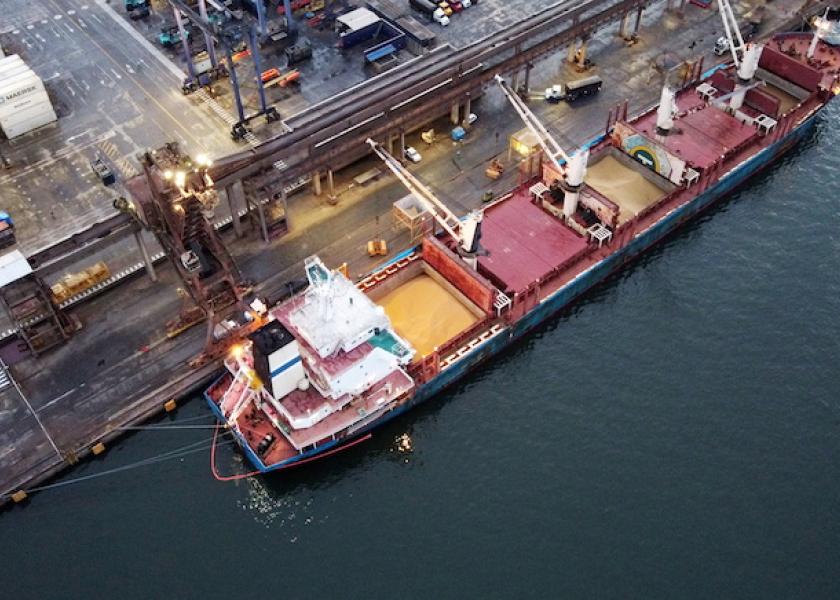U.S. Soybean Crushers Buy Up Extra Beans as Supply Scramble Looms

By Karl Plume
CHICAGO Jan 27 (Reuters) - U.S. soy processors, fresh off their busiest year on record, have booked soybean purchases well beyond their normal few weeks of supply due to soaring export demand, rising prices and fears of soy shortages later this season, traders and analysts said.
The aggressive buying foreshadows an expected battle for beans between exporters and processors this spring and summer that will likely increase prices further and could result in rare imports to the United States, the world's No. 2 soybean producer and exporter.
At least one processor in the eastern Midwest has already booked its soybean needs through May, the "most in the history of the company," a soybean merchant said, asking not to be named.
Other U.S. crush plants, which process raw soybeans into soymeal livestock feed and soyoil for cooking and biofuel, are believed to have booked soybean needs for 60 days or more, up from the usual 30 to 40 days, industry sources said.
The scramble for beans comes as record U.S. soybean exports and an historically large domestic crush whittled down supplies and sent prices to the highest since 2014. Crop concerns in South America due to dry weather have further stoked worries over supplies and global food security during the coronavirus pandemic.
The scale of forward purchases, which crushers normally do not disclose for competitive reasons, reveals the depth of concern about shrinking soybean supplies among the buyers of more than half of every U.S. crop.
It also suggests that processors are increasingly likely to slow their crush rates, buy beans from exporters or be forced to import supplies at a premium ahead of the next U.S. harvest.
"He who has beans, rules. If you own beans at the end, you can make decisions. If you don't have beans, you have limited choices and are at the mercy of others' decisions," said Kent Woods, owner of advisory CrushTraders Market Info.
Western Midwest crushers have soybeans booked for 60 to 90 days, while soy ownership in the eastern Midwest is even higher, Woods said, citing conversations with crushers and soy product consumers.
Farmers were more willing sellers of their soybeans during an atypical harvest-time rally that began in August and took prices up more than 50%. Meanwhile, commercial storage elevators sold off stored soybeans to capitalize on price premiums for near-term deliveries.
The U.S. Department of Agriculture said in a quarterly stocks report that supplies of U.S. soybeans as of Dec. 1 dropped nearly 10% from a year earlier despite 2020 production rising more than 16%. Supplies are forecast to reach a seven-year-low by September, drawn down by a record U.S. crush and the largest soybean exports ever as countries try to lock in supplies.
The National Oilseed Processors Association (NOPA), which represents 95% of the U.S. industry, said the 2020 crush was the largest on record, helped by demand for diesel biofuel and unusually weak production in top soymeal producer Argentina.
The final three months of the year featured three of the four largest crush months ever, according to NOPA data, a brisk pace that analysts say could continue for only a few more months, after which soybean supplies are uncertain.
"They've got a program in place that will keep crush rates strong until maybe about May. Thereafter there is some openness to it," said Dan Basse, president of Chicago-based consultancy AgResource Co.







